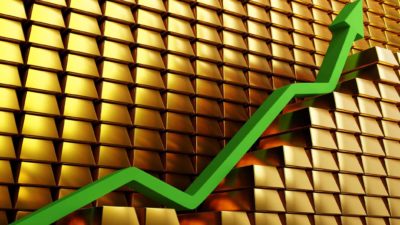The Rumble Resources Ltd (ASX: RTR) share price has powered through the session to finished the day 5.21% higher at 50.5 cents.
Rumble shares have been on a bumpy ride lately, having come off previous highs of 54 cents in September. However, they've gained 12% in the past week.
Let's take a look at what's fuelling this recent price action.
Why is the Rumble Resources share price gaining lately?
The Rumble Resources share price has been gaining ground this past week despite there being no market sensitive information for the company.
However, in the weeks prior to this, Rumble released an update on its Lamil gold-copper project.
The Lamil project is a joint venture with AIC Mines Ltd (ASX: A1M), located in the Paterson Province in Western Australia.
Rumble described the Paterson region as one of the most highly endowed and underexplored mineral provinces in Australia. It already hosts the Telfer copper-gold and Nifty copper mines.
So it stands to reason Rumble is hopeful it will benefit from the same fortunes these two projects have delivered to date.
With this in mind, it appears bullish investors have got ahold of Rumble's shares after the price of 2 key metals – gold and copper – regained some field position in the past few weeks.
Gold has spiked US$32/t.oz since September 30 while copper now fetches US$4.30/lbs – a 7.5% gain in that time.
Plus the S&P/ASX All Ordinaries Gold Index (XGD) has climbed 5% in the last week. At the same time, the S&P/ASX 300 Metals & Mining (XMM) has clicked up as well, indicating strengths across the broad sector.
Rumble's position as an ASX resource share that produces a commodity means its share price fluctuates with volatility in the commodity markets.
It makes sense then as to what might be driving investors to bid up the price of Rumble Resource shares, given the strengths in its underlying markets.
Rumble Resources share price snapshot
The Rumble Resources share price has soared over 339% this year to date, extending its gains to 197% in the last 12 months.
These returns are well ahead of the S&P/ASX 200 Index (ASX: XJO)'s return of about 20% in the last year.









